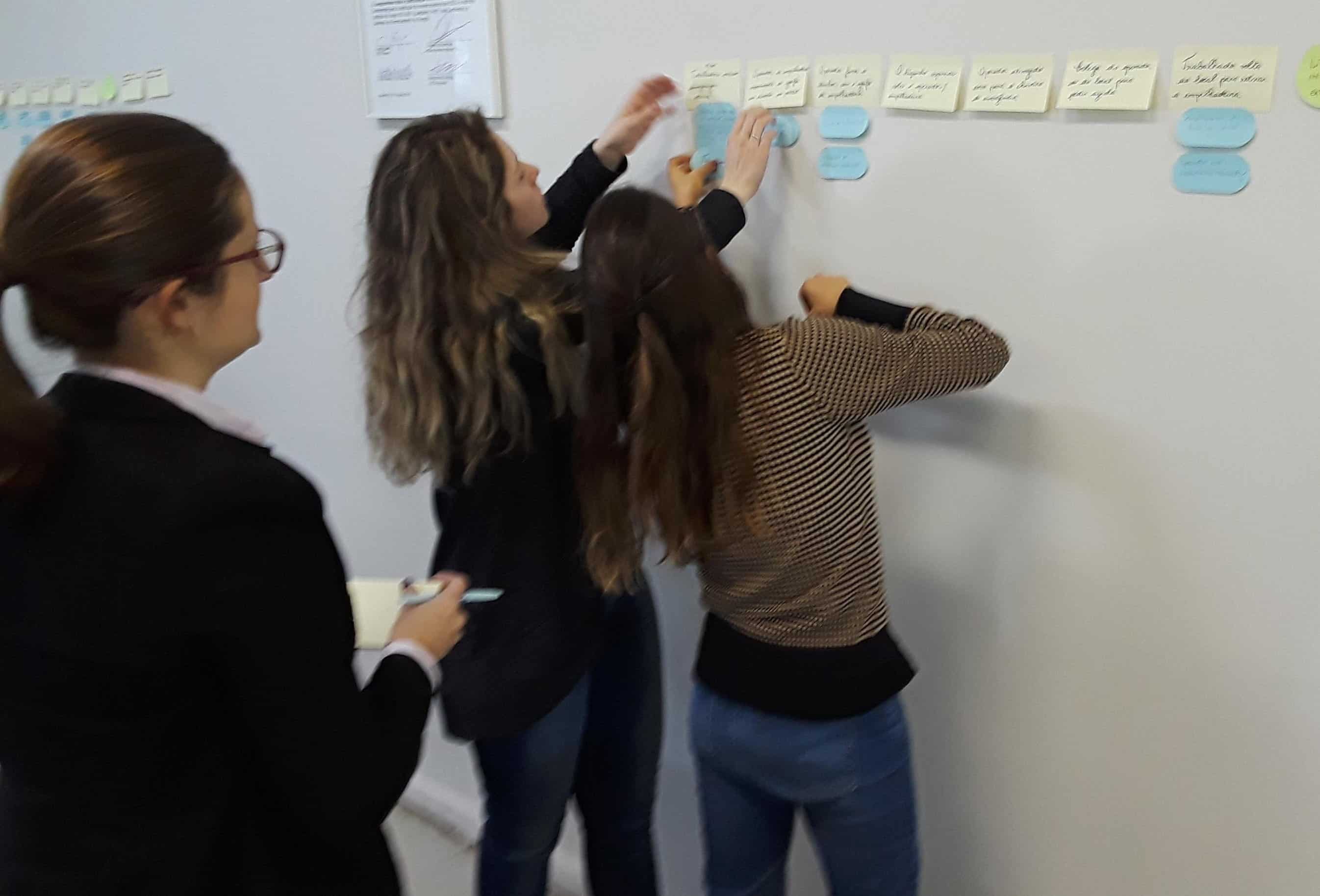Avoid These 3 “Innocent” Investigation Mistakes

There are three incident investigation mistakes TapRooT® Investigators commonly make that seem innocent but can cripple an investigation. We call them “innocent” mistakes because we recognize the urges. The sometimes irresistible urge to push the investigation to the answer because you “knew it all along” or the urge to “do it your own way” and modify the TapRooT® Process.

Are you making any of these “innocent” incident investigation mistakes?
Sometimes we don’t even know we are making a mistake, that’s what makes it innocent. Here is a reminder of three common mistakes to avoid.
Mistake #1
You only put the things that went wrong on your SnapCharT®, and filter out what you think is unimportant.
Good information collection is essential for good root cause analysis. In a TapRooT® Investigation, you should be spending 70% of your time collecting information to put on your SnapCharT®. When you take Causal Factors through the TapRooT® Root Cause Tree®, you need to know what went right as well as what went wrong to answer the questions in TapRooT® Dictionary. This will also help you when you are developing Corrective Actions and deciding what safeguards worked in order to make good decisions about what safeguards need to be replaced or added.
Mistake #2
You do not select a root cause even though the fact was on your SnapCharT® because you do not think management would do anything about it.
We get it. It’s frustrating to not have support but it’s still an important improvement opportunity. Do what you can – maybe you can’t remove the hazard but you can guard the target. Example: You selected “noisy” but you know management won’t replace the loud machinery (or maybe it can’t be replaced because the workers need it). You should still mark “noisy” as a problem, and focus your corrective actions on mitigating the sound hazard.
Mistake #3
You read through the 15 Human Performance Questions on the front of the Tree, flip to the back, and examine basic cause categories not checked on the front, (you just know there must be a root cause in there SOMEWHERE).
Whoa! Trust the process and stop wasting your time. If you did your due diligence on the front of the TapRooT® Root Cause Tree®, answered all the dictionary questions based on the information you collected on your SnapCharT® but didn’t find a “yes” to check a Basic Cause Category – don’t force your hypotheses. The Basic Cause Category is a “no.” (Hint: if you still aren’t convinced, you need to collect more information.)
Remember, TapRooT® Root Cause Analysis is a systematic process. Following the process is a time saver in the end, and not following the process just makes your investigation hard (plus, your problems won’t get fixed).

Need refresher training to stop “innocent” incident investigation mistakes?
Sometimes these “innocent mistakes” happen because you haven’t done investigations for a while but now it’s back on your plate. Other times, we just drift away from good practices.
If you need a refresher, we recommend our 3-Day Virtual TapRooT® Root Cause Analysis Training or 2-Day TapRooT® Root Cause Analysis Training. This is a great course to take if you are new to root cause analysis as well because you will learn an entire root cause system in just a couple of days.



